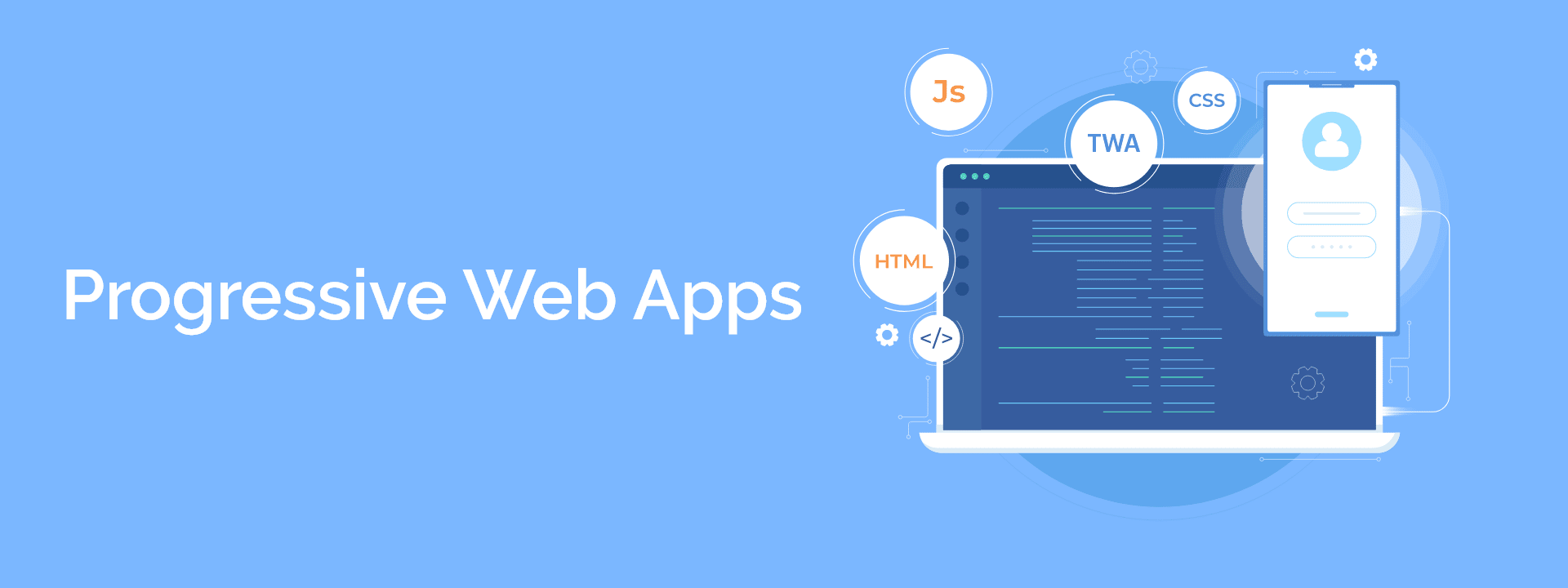Introduction
Progressive Web Apps (PWA) is a term used to refer to websites, web applications, and even mobile applications that employ the latest web technologies to provide native-like experience and functionality to end users. The potential of PWAs is slowly being realized in the digital sphere, where they can now be used to replace traditional desktop and mobile applications. PWAs can also be used to increase efficiency and productivity by offering a more streamlined user experience. In this article, we will explore the potential of PWAs using PHP programming language as the main tool. We will discuss the features and advantages of PWAs, as well as the steps required to create a PWA with PHP.
What are Progressive Web Apps?
Progressive Web Apps (PWA) are a new breed of applications that combine the functionality of a native mobile application with the convenience of a website. PWAs are open-source web applications that are hosted on the web, available through app stores, and always up-to-date. They look and behave like native mobile applications, but they can be added to the home screen of any device that supports web technology, making them easily accessible and convenient to use.
Essentially, PWAs are the latest iteration of web apps, which leverage modern web technologies to deliver better user experiences. In addition to their browser support, PWAs are often designed to be mobile-friendly. This means that PWAs are optimized for the unique sets of constraints that come with a mobile device, such as limited screen size, input methods, and battery life. As such, PWAs are able to deliver a high-quality mobile experience that meets users’ expectations for an app, without requiring them to download a bulky app.
Benefits of Using Progressive Web Apps
There are several key benefits that come with using PWAs as opposed to traditional desktop and mobile applications.
-
Faster and Easier to Develop
One of the main advantages of PWAs is that they are easier and more efficient to develop than traditional applications. The development process is typically faster, since developers are able to leverage existing web technologies (such as HTML, CSS, and JavaScript) to quickly create PWAs. Furthermore, PWAs are usually developed with an agile approach, which allows for shorter development cycles and more frequent updates. As a result, PWAs are faster to create than desktop and mobile applications, which often require a more lengthy and complex development process. -
Reliable Performance
Unlike traditional web applications, PWAs are designed to be reliable even when there is no internet connection. PWAs use service workers to store data, meaning that they can still function even if there is no connection available. This ensures that the user experience is not interrupted, which is a critical factor in providing a good user experience. Moreover, the use of caching also makes PWAs significantly faster than traditional web apps, as they can download and store data even when offline. -
Cross-Platform Compatibility
In addition to being more reliable, PWAs are also accessible on multiple devices, web browsers, and operating systems. This makes them appealing to businesses, as it allows them to reach more customers and maximize their reach. Furthermore, PWAs are usually designed to be responsive, meaning that they can adjust to different screen sizes and orientations, making them more accessible and responsive to varying user needs. -
Cost-Effective
Finally, another key benefit of using PWAs is that they are significantly more cost-effective to develop than traditional applications. Developing a PWA can be relatively inexpensive, since developers can leverage existing web technologies rather than spend time and money building independent applications for each platform. This helps businesses to save money in the long run and allows them to focus their resources on creating more innovative and powerful applications.
How to Create a Progressive Web App with PHP
Creating a PWA with PHP is a relatively straightforward process. All that developers need is HTML, CSS, and JavaScript, and a few key tools that are available through the PHP programming language. Here is a general overview of the steps involved:
- Set Up Manifest File
The first step in creating a PWA is to set up a manifest file. A manifest file is a JSON file that contains information about a website or web application, such as its name, orientation, and background color. This manifest file is used to tell the browser how the PWA should behave when launched. To create a manifest file with PHP, developers can use the code provided below:
{
“name”: “My PWA”,
“short_name”: “MyPWA”,
“start_url”: “/index.html”,
“display”: “standalone”,
“orientation”: “portrait”,
“background_color”: “#f5f5f5”,
“theme_color”: “#f5f5f5”,
“icons”: [
{
“src”: “/src/icons/icon-72x72.png”,
“sizes”: “72x72”,
“type”: “image/png”
},
{
“src”: “/src/icons/icon-96x96.png”,
“sizes”: “96x96”,
“type”: “image/png”
}
]
}The manifest file should be saved with the name manifest.json in the root directory of the website or web application.
- Create the Service Worker
The next step in creating a PWA is to create the service worker. The service worker is a script that runs in the background and is responsible for caching data and handling requests, even when there is no internet connection. To create a service worker with PHP, developers can use the code provided below:
// Service Worker JS
//install the service worker
self.addEventListener(‘install’, function(event) {
event.waitUntil(
caches.open(‘my-pwa-cache’).then(function(cache) {
return cache.addAll([
‘/’,
‘/index.html’,
‘/css/style.css’,
‘/js/main.js’
]);
})
);
});
// activate the service worker
self.addEventListener(‘activate’, function(event) {
event.waitUntil(
caches.keys().then(function(cacheNames) {
return Promise.all(
cacheNames.filter(function(cacheName) {
return cacheName.startsWith(‘my-pwa-‘) &&
cacheName != ‘my-pwa-cache’;
}).map(function(cacheName) {
return caches.delete(cacheName);
})
);
})
);
});The service worker should be saved in the same directory as the manifest file, with the filename service-worker.js.
- Add Metatags and Links
Once the manifest file and the service worker are set up, developers can add the necessary metatags and other links to the html head section of the website or web application. This is necessary for browsers to recognize PWAs and add them to the home screen. These HTML tags should be included in the website’s `index.

